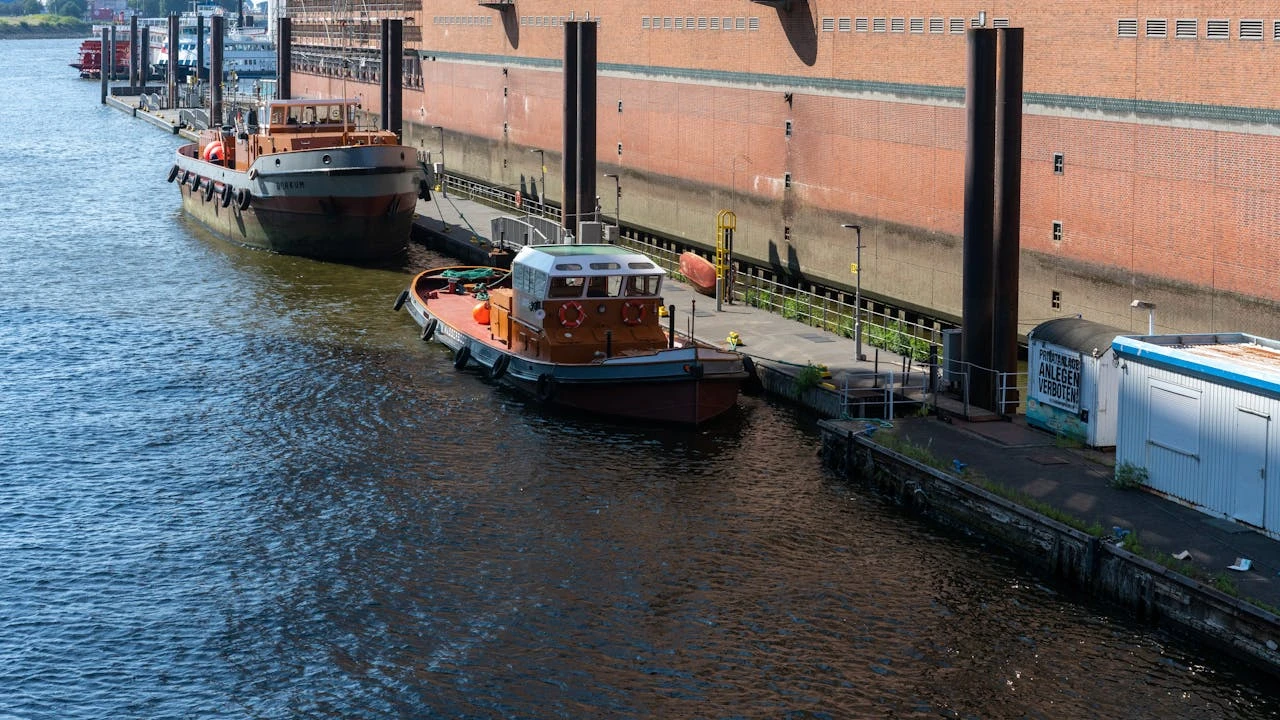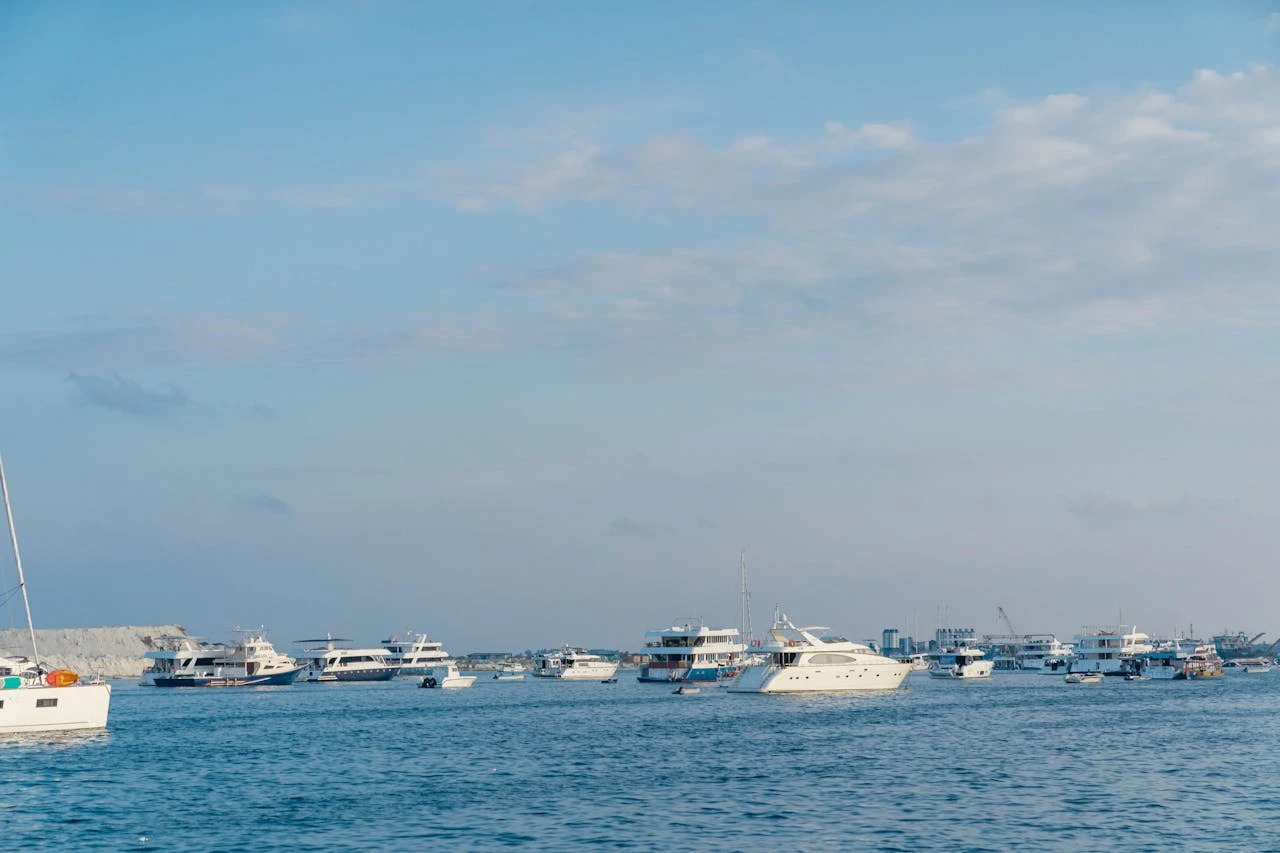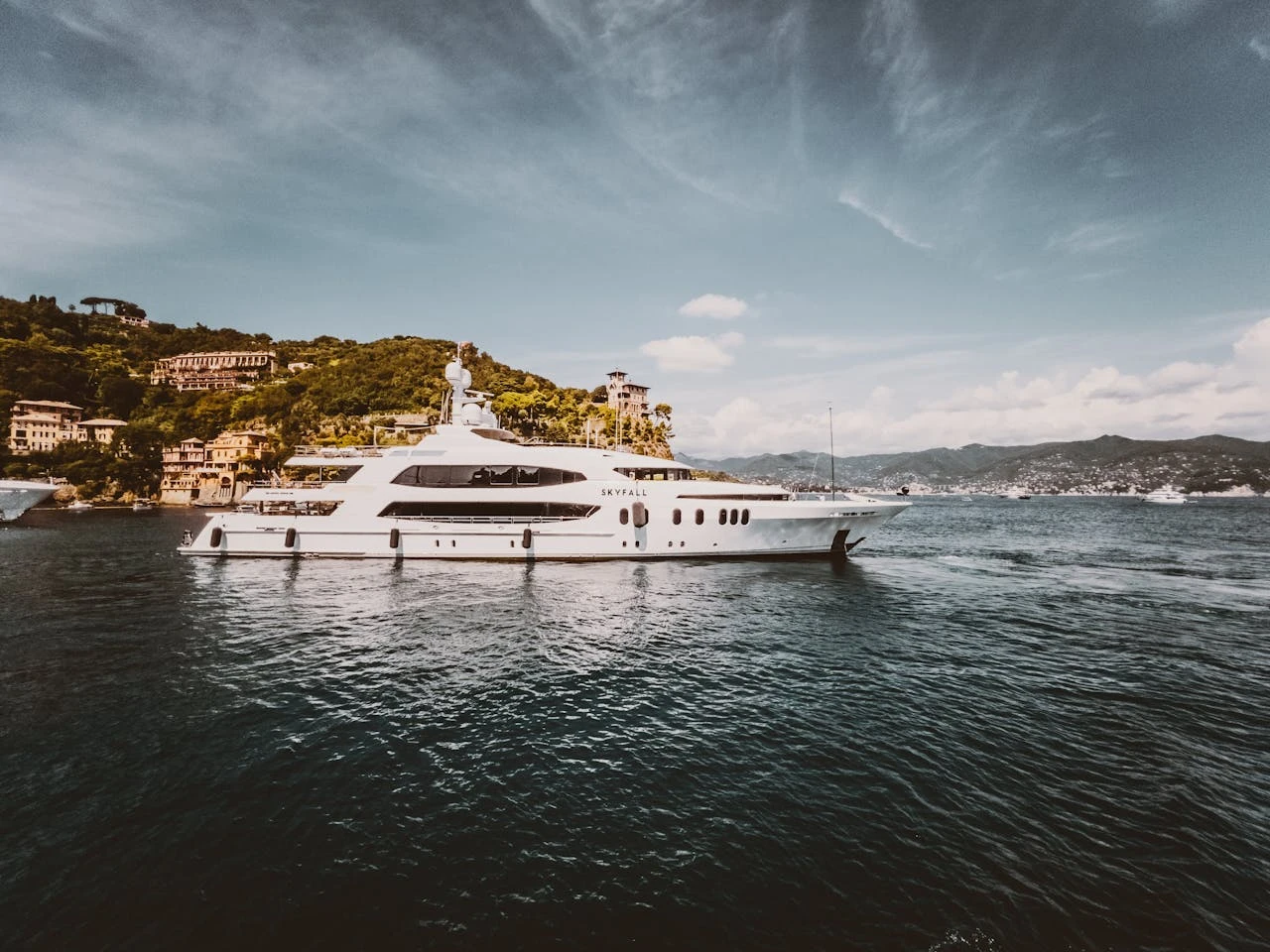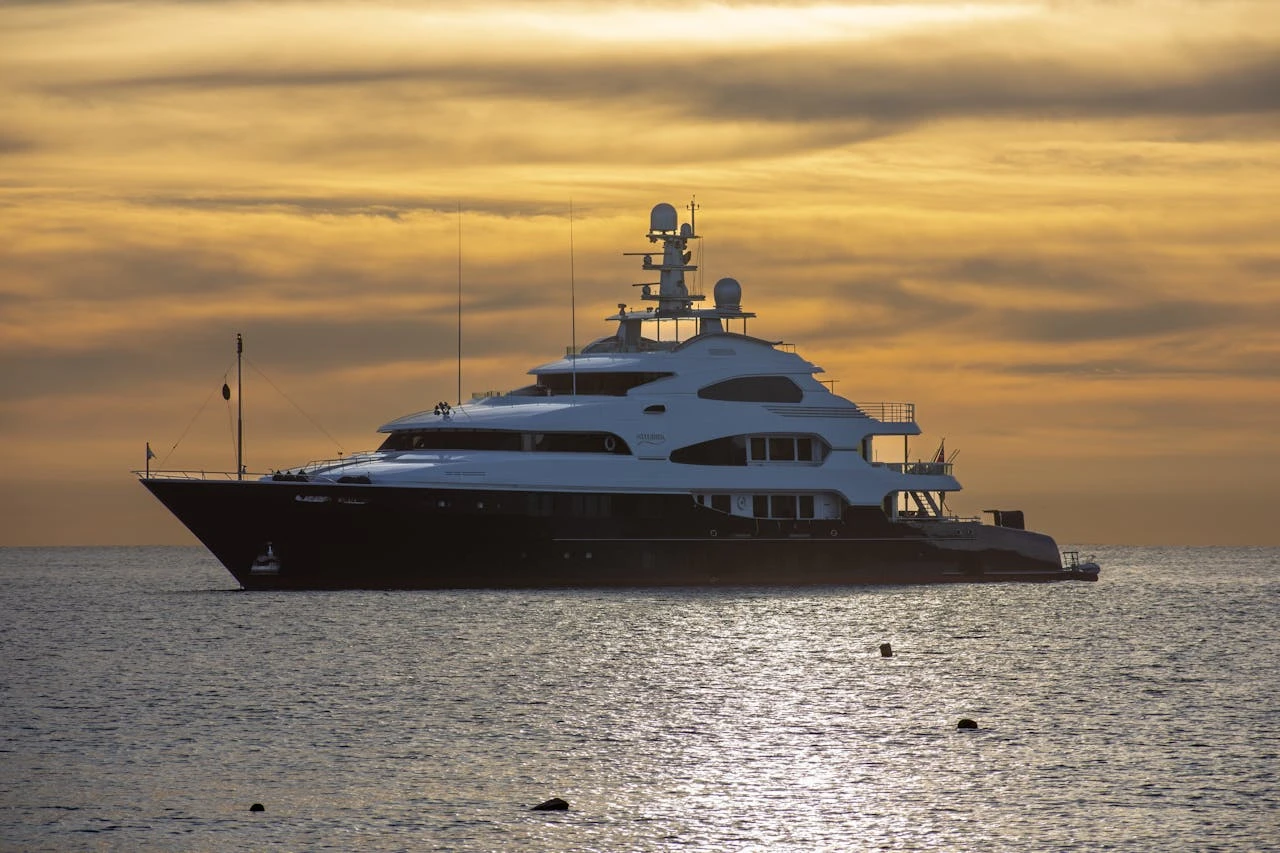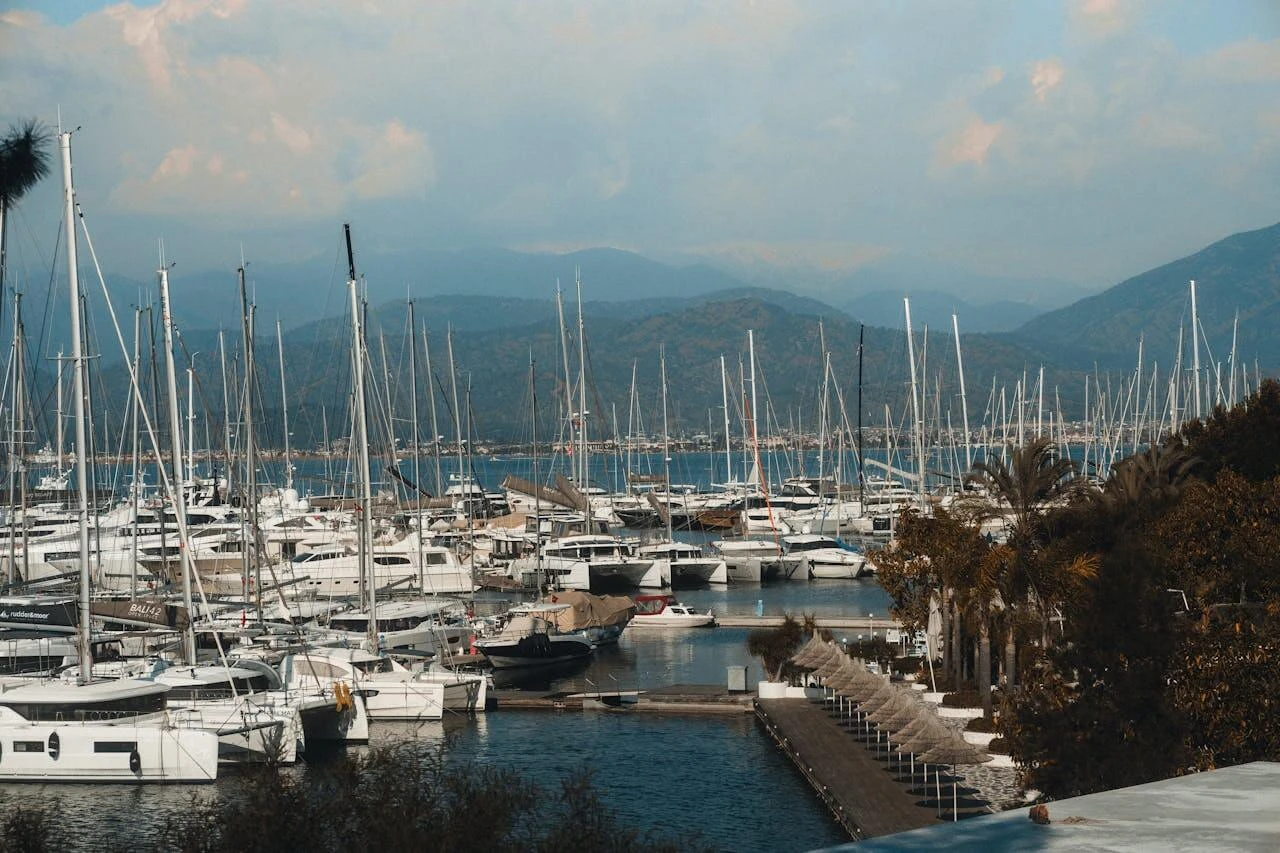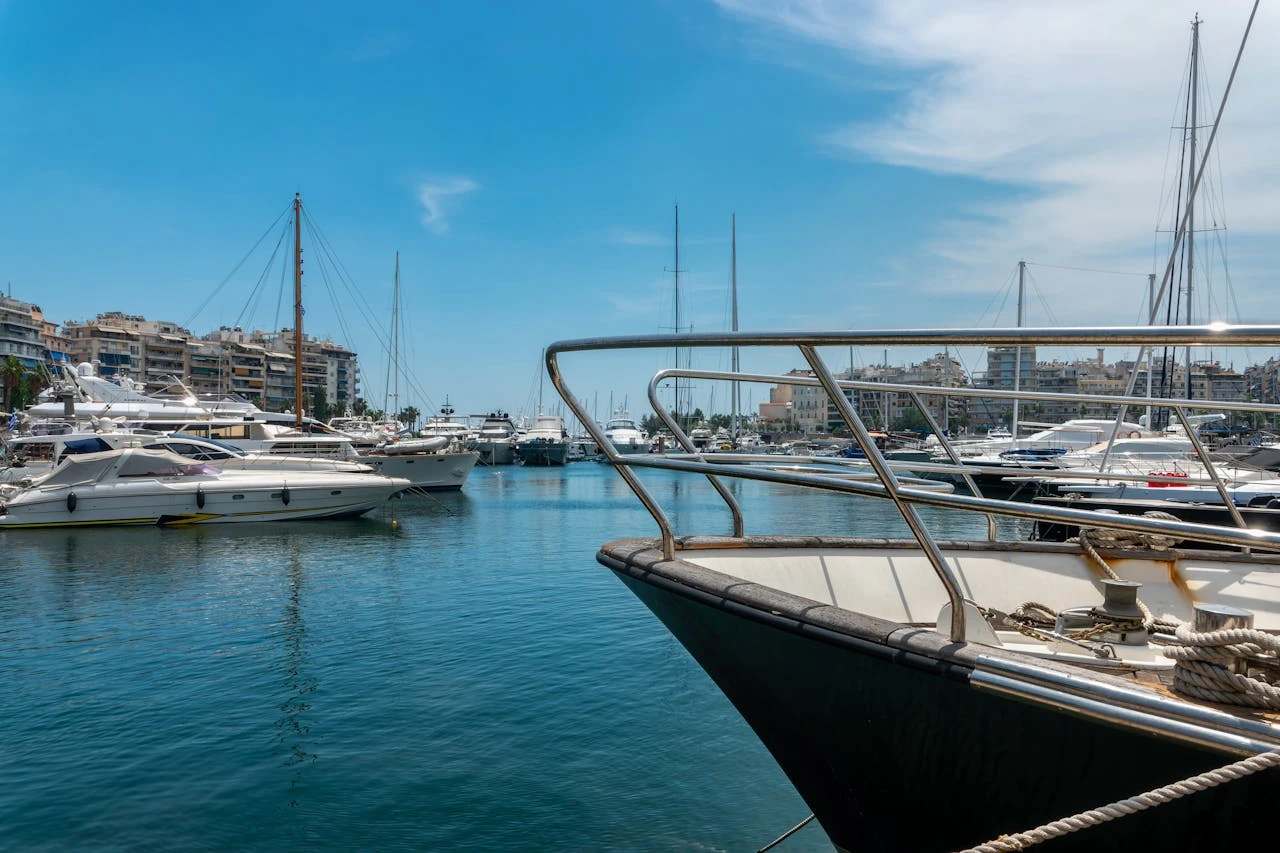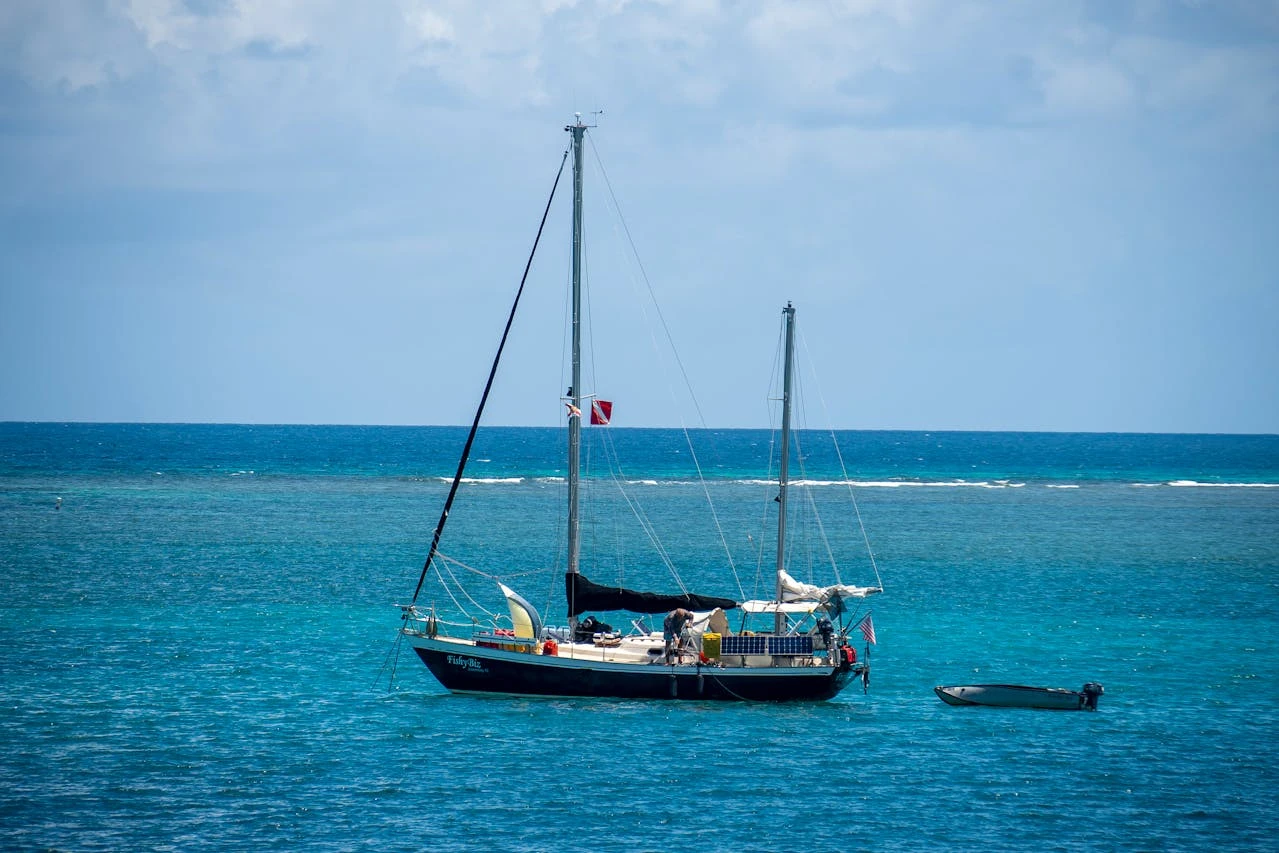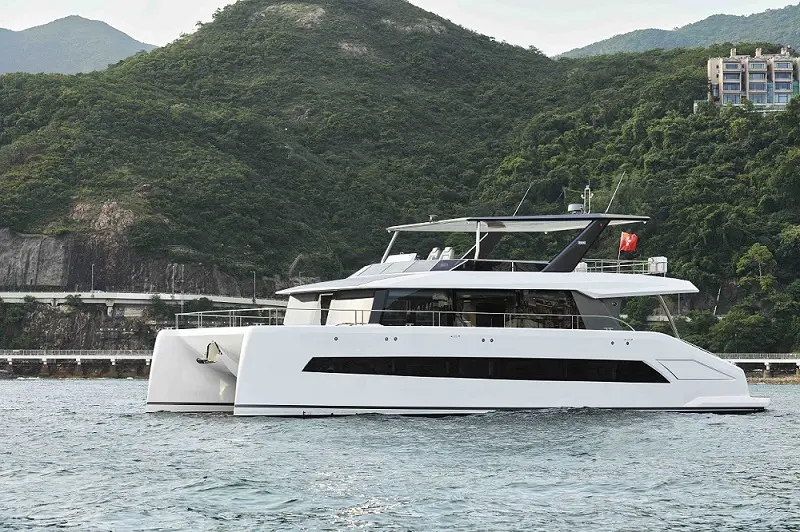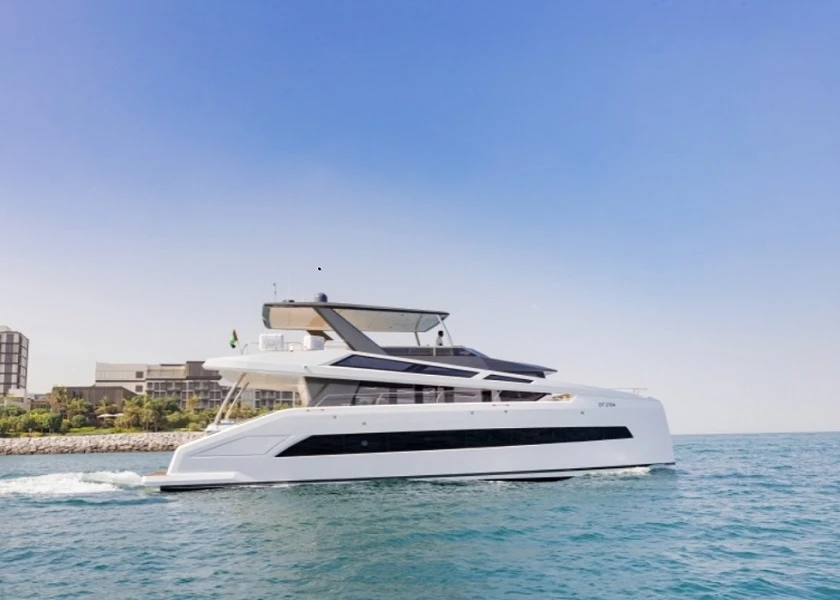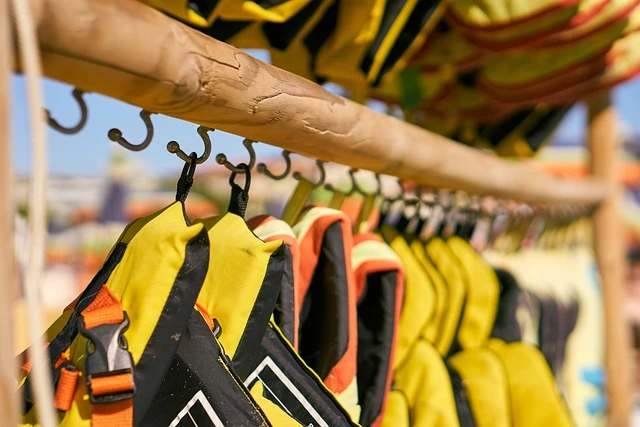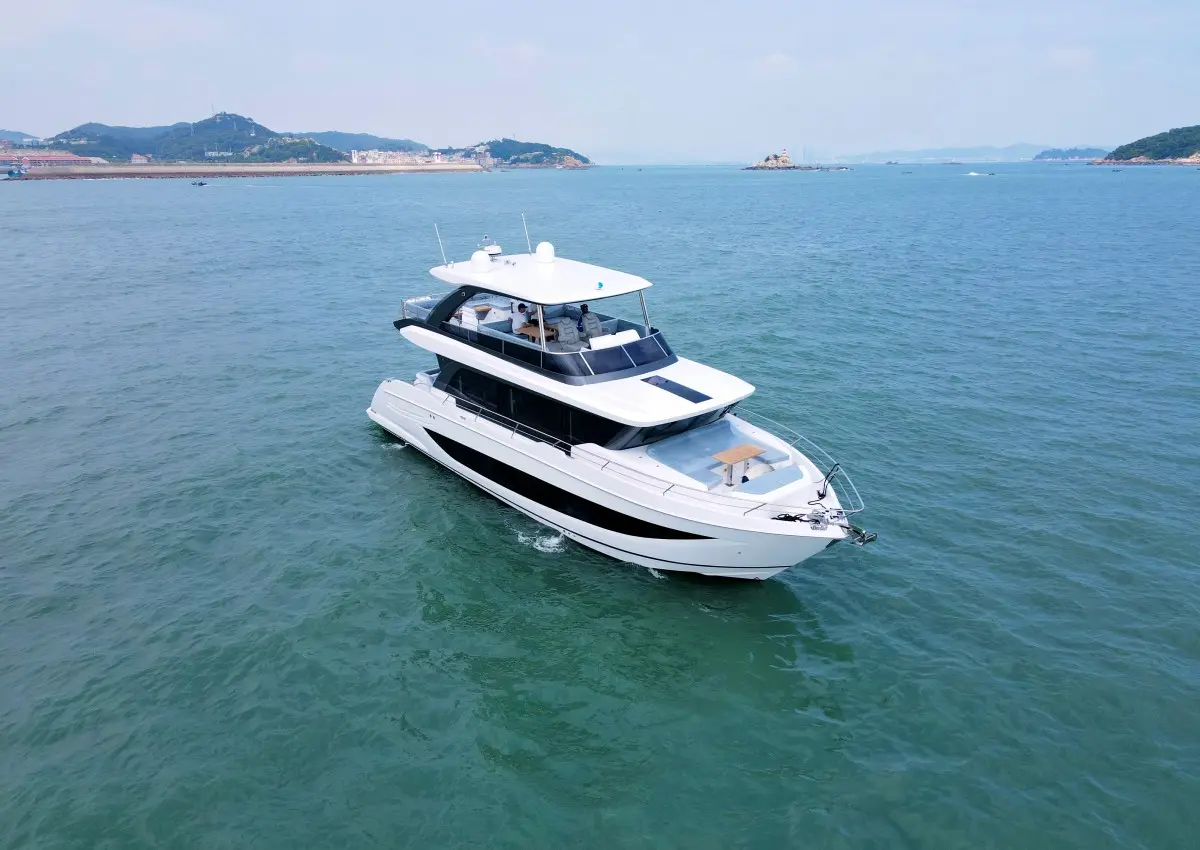The visibility of a boat when navigating in foggy conditions is significantly reduced, and both boaters and sailors, regardless of their skill level, need to be extra careful and cautious. It is much more difficult to navigate a boat in fog than usual, which not only obstructs vision, but can also be life-threatening in severe cases. This guide provides some tips to help you navigate in fog.
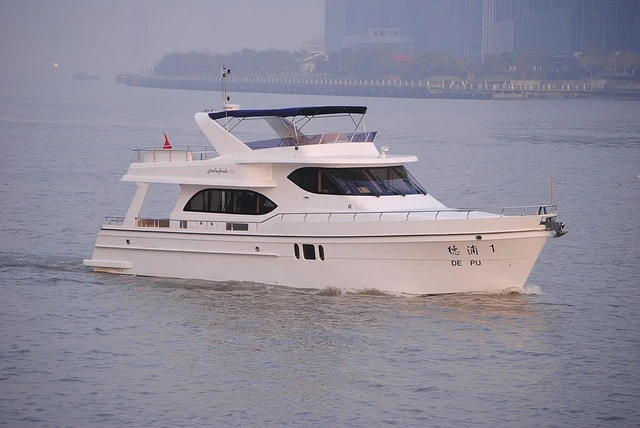
Be prepared
When sailing on a boat, you should be well prepared in advance. You can pay attention to the weather forecast in advance. If there is fog in the forecast, or if you find that the fog seriously affects your vision when you board the boat, you should not go out to sea hastily, but should tie up the cable and wait for the weather condition to get better before you go out to sea.
Switch on the navigation lights in time
Many people think that navigation lights can only be used in the dark, but this is wrong, once the visibility is reduced, you need to turn on the navigation lights immediately. If the boat is sailing, you need to switch on the travelling lights; if the boat is at anchor, you need to switch on the anchor lights. These lights can provide a clear indication to other vessels in foggy conditions, making it easier for them to spot your boat and effectively reducing the risk of collision.
Familiarize yourself with and use sound signals correctly
There are different signaling regulations for different sailing states. When the boat is sailing in a foggy environment, the correct use of sound signals can make your position and sailing state clear to other vessels around you and avoid collision. Sound signals are mainly of the following kinds:
1. Motorboats underway should sound their horns once every two minutes for four to six seconds in duration.
2. Vessels in a drifting condition are required to give two blasts of the hooter.
3. When a vessel is at anchor, a short sounding of one second in duration, followed by a long sounding, followed by another short sounding is to be given.
4. If there is a bell on board, ringing the bell continuously for 5 seconds is also a feasible way of signaling if the vessel is equipped with a bell.
Anchor properly to avoid danger
If you are in a low-traffic area and are unable to travel comfortably due to fog, anchoring is an effective way to wait it out. Often, fog will dissipate over time or with a light breeze, and properly anchoring and waiting for the fog to clear is the best option.
It should be noted that this method is only applicable to areas with low traffic, in a busy channel or entrance, anchoring is a very dangerous behavior, other vessels may have poor visibility and may collide with your boat in a short period of time. You need to keep in mind that even when anchored, you must give appropriate sound signals to alert surrounding vessels.
Slow down
When encountering foggy conditions, you should reduce the speed of your boat as soon as visibility is reduced. Because fog obscures your vision, you may not be able to recognize obstacles, channel markers or other vessels as easily as you would if you were close to them, and slowing down will give you enough time to react. For motorboats, slowing down reduces the sound of the engine, making it easier for you to hear the sounds made by other boats that may be passing around you and to prepare in advance to avoid them.
Use your boat's electronics wisely
To ensure that your boat is safe to navigate in heavy fog, equip it with the right electronic devices and become proficient in their use. For example, GPS can help you keep your boat on course in fog, but it can't help you see the foggy surroundings. This is where radar will make a huge difference if your boat is equipped with it.
If you are constantly on the water for extended periods of time, it is highly likely that you will encounter foggy conditions and it is wise to have radar installed on your boat. Whether it's GPS or radar, you'll need to familiarize yourself with it and how to use it, so that it can help you when you're faced with foggy conditions and keep your boat safe.
Ask the crew for help
As a skipper, you need to keep an eye on the engine gauges and navigation screens, as well as the route when sailing in foggy conditions. In foggy weather, visibility is reduced and you need to ensure that you have at least one pair of eyes to keep an eye on your surroundings at all times. Therefore, it is necessary to rationally assign crew members to different areas to carry out monitoring work, so that they can assist you in maintaining safe sailing conditions.






 Leave the comment
Leave the comment
